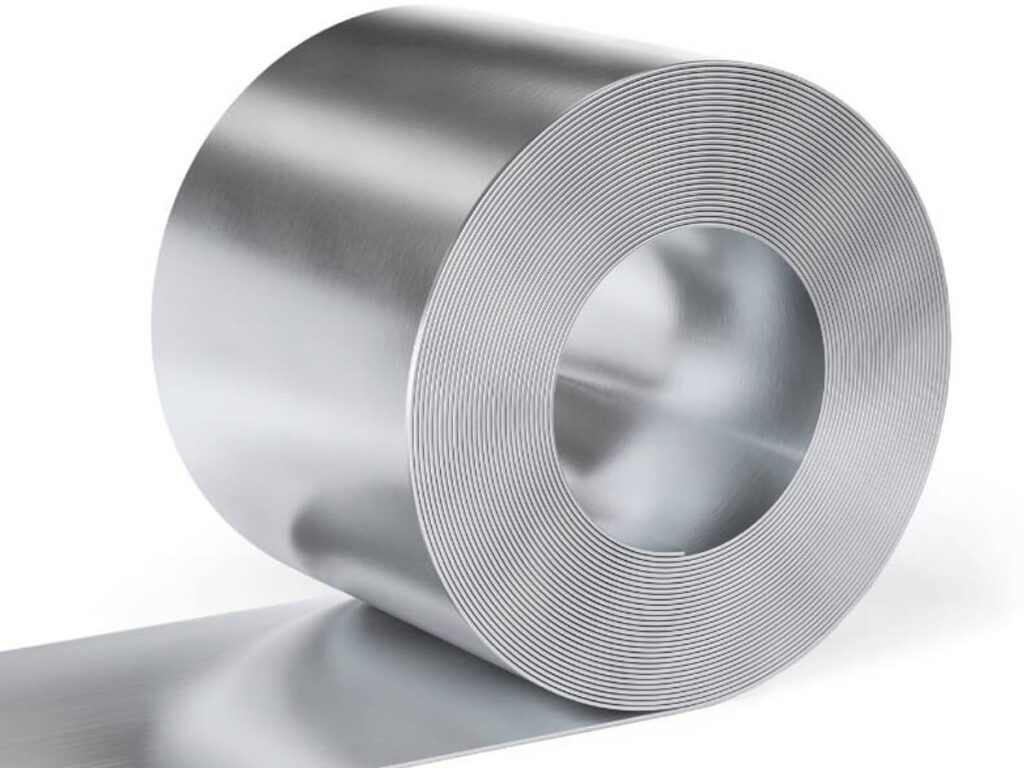Steel is a vital component of modern infrastructure. Rolled steel, in particular, is a crucial material in various fields such as construction, transportation, and manufacturing. Creating rolled steel involves subjecting raw materials to intense heat and pressure to shape them into flat or long products that can be used for various purposes.
Brief Overview of the Steel Rolling Process
The steel rolling process begins with raw materials such as iron ore, coal, and limestone being processed into usable forms for steel production. The first step in the rolling process is reheating these raw materials to their melting points in large industrial furnaces. Once they reach their desired temperature, they are passed through rollers that are pressed and shaped into their final forms.
Rolling mills come in many different types depending on the metal being processed and the product being produced. Some mills have long products like bars or wire rods, while others focus on creating flat products like sheets or plates.
Importance of Rolled Steel in Various Industries
Rolled steel is one of the most versatile materials today due to its incredible strength and durability. It is used for everything from high-rise buildings to bridges because it can withstand enormous amounts of weight without bending or breaking.
In transportation applications such as automobiles or airplanes, rolled steel provides structural support while remaining lightweight enough not to weigh down these vehicles’ overall weight. Additionally, it’s often used for manufacturing tools and equipment because it can be machined easily into complex shapes while maintaining its strength under stress.
Rolled steel is essential across various industries due to its strength and versatility. Modern life without this critical material is hard, and understanding the complex process behind its creation can give us a better appreciation for its importance.
The Basics of Steel Rolling
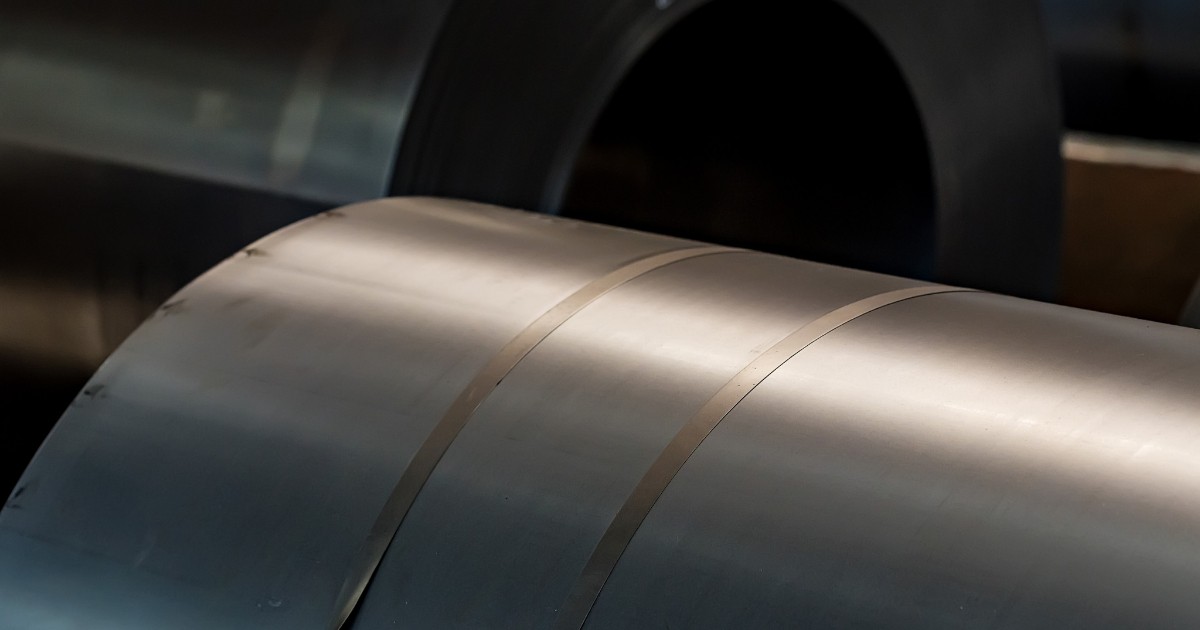 What is Steel Rolling?
What is Steel Rolling?
Steel rolling is the process of shaping raw materials such as ingots, billets, and slabs into final products such as bars, sheets, and plates. It involves reducing the thickness or changing the shape of the material by subjecting it to compressive force through a series of shaped rollers. The steel rolling process can be classified into two categories: hot rolling and cold rolling. Hot rolling involves heating the material above its recrystallization temperature, while cold rolling processes materials at room temperature.
Different Types of Rolling Mills and Their Functions
1. Two-High Rolling Mills: These mills have two rolls that rotate in opposite directions to compress and reduce the thickness of raw materials.
2. Three-High Rolling Mills: These mills have three rolls that combine pressure and friction to reduce thickness.
3. Four-High Rolling Mills: These mills have four rolls arranged in a square pattern that apply pressure from different directions to shape materials.
4. Cluster Rolling Mills: These mills have multiple sets of rolls arranged in clusters that can perform several operations simultaneously on one piece of material.
5. Tandem Rolling Mills: These mills consist of multiple stands arranged together, allowing for continuous processing without stopping between stands.
Raw Materials Used in Steel Rolling
 The Importance of Raw Materials
The Importance of Raw Materials
The steel rolling process uses various raw materials to create the final product. Iron ore, coal, and limestone are the three main components used in steelmaking. Iron ore is mined and processed into pellets or sinter before being fed into the blast furnace.
Coal is a fuel source to heat the furnace, while limestone is added to help remove impurities from the iron. Scrap metal can also be used as a raw material in steel production.
Processing Raw Materials for Steel Production
Before being fed into the blast furnace, these raw materials must be processed in specific ways. Iron ore must be crushed and ground into small pieces before forming pellets or sintered. Coal must go through a coking process to remove impurities such as sulfur and produce coke, which is then sent to the blast furnace along with iron ore.
Limestone must be crushed into small pieces before being added to the blast furnace. Once inside the furnace, these raw materials undergo chemical reactions, producing molten pig iron and slag.
The pig iron is then further processed through elemental oxygen or electric arc furnaces to create various steel grades depending on its intended use. Understanding how each raw material is processed and utilized within the steel rolling process is essential for producing high-quality steel products that meet industry standards.
The Hot Rolling Process
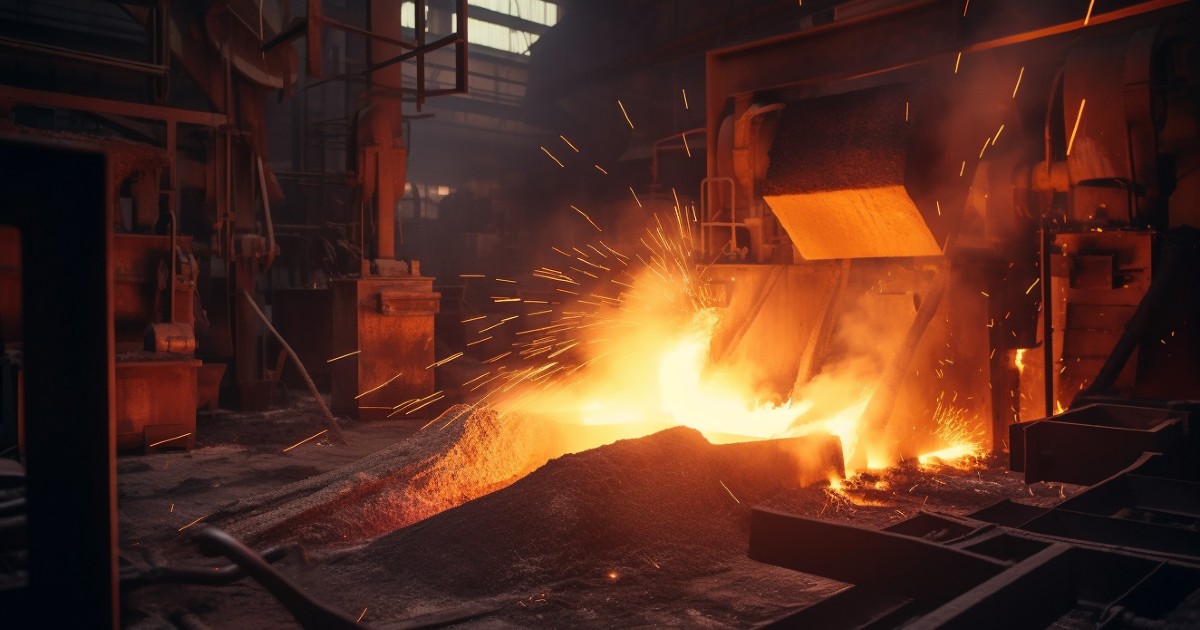 Reheating Stage
Reheating Stage
The hot rolling process begins with reheating steel billets or slabs in a furnace to temperatures exceeding 1200°C. This critical temperature softens the steel, making it malleable and easier to shape. The steel is then transported to the roughing stage, passing through a series of rollers, often called a “breakdown mill.” Here, the steel is shaped into its initial form, usually a square cross-section.
Roughing Stage
During the roughing stage, the billet or slab endures repeated passes through several pairs of rollers that progressively reduce its size and thickness. These rollers are positioned at increasing heights above each other to apply pressure from different angles and directions to ensure an even reduction in thickness across the entire surface area of the material.
Finishing Stage
The finishing stage follows after roughing in hot rolling. The now thinner slab or billet enters another set of rollers called finishing mills, where it undergoes further reduction. At this point, temperature control becomes critical as temperature fluctuations can cause warping or cracks on the surface of the steel.
Temperature control is achieved using water sprays and air coolers to regulate thermal conditions during rolling. Water sprays are used at various points along the production line to cool down areas that may be too hot, while air coolers are used for slower cooling over extended periods.
Hot-rolled steel has many benefits compared to cold-rolled steel, including lower costs due to less processing required, increased ductility allowing easier shaping and forming, and generally better mechanical properties such as higher strength-to-weight ratios. Every step during hot rolling must be executed accurately since small mistakes can significantly affect final product quality and consistency.
The Cold Rolling Process: A New Kind of Pressure
 Cold rolling is a process that takes place at room temperature, unlike hot rolling. During the cold rolling process, steel is passed through a series of rollers at lower temperatures to decrease its thickness and improve its surface quality.
Cold rolling is a process that takes place at room temperature, unlike hot rolling. During the cold rolling process, steel is passed through a series of rollers at lower temperatures to decrease its thickness and improve its surface quality.
Cold rolling requires less energy than hot rolling because the steel does not need to be reheated before being rolled.
One key difference between cold and hot rolling is the pressure level applied during each process. Cold-rolled steel undergoes more pressure than hot-rolled steel, increasing hardness and strength.
The surface of cold-rolled steel is also smoother and more uniform due to this increased pressure. As a result, cold-rolled steel is often used in applications where high strength and precision are necessary, such as in the automotive industry for parts like engine cranks or gears.
Advantages and Disadvantages of Cold Rolled Steel
The primary advantage of using cold-rolled steel is its superior strength and hardness. Because it undergoes more significant pressure during manufacturing, it can withstand higher stress levels without deforming or breaking.
Its smooth surface makes it easier to paint or coat with other materials. Cold-rolled steel has disadvantages compared to hot-rolled steel.
A drawback is that this is expensive due to the additional processing involved in its manufacture. Another issue is its increased hardness. Working with it during subsequent processing steps, such as bending or welding, is challenging.
Despite these drawbacks, many industries continue to use cold-rolled steel for applications where high strength and precision are necessary.
Finishing Processes

After the steel has been rolled and cooled, it is ready for finishing processes that enhance its appearance, durability, and suitability for specific applications. The most common finishing processes include pickling, galvanizing, and painting.
- Pickling: Pickling is a chemical process in which the surface of the steel is cleaned by removing impurities such as rust and mill scale. Acidic solutions like hydrochloric or sulfuric acid are applied to the steel surface to clean it thoroughly. The pickling process serves two purposes; it removes surface impurities that can weaken the steel and prepares the steel surface for subsequent finishing processes. Other treatments, such as plating or painting, adhere better to the steel with a clean surface.
- Galvanizing: Galvanizing is a popular method of protecting steel from corrosion by coating it with zinc. Zinc serves as a sacrificial anode in this process; when exposed to moisture or other corrosive elements, zinc corrodes before iron does, preventing damage to the underlying structure. In galvanization, molten zinc is usually applied via hot-dip galvanizing or electroplating methods onto clean steel surfaces. Hot-dip galvanization involves immersing pre-cleaned metal structures into a bath of molten zinc. At the same time, electroplating uses electric current to deposit a layer of zinc on top of the metal structure for protection.
- Painting: Painting is another popular method of protecting rolled steel by forming an additional barrier between environmental factors and structural components. It involves applying different types of paint coatings, such as acrylics, epoxies, urethanes, or polyurethanes, depending on specific application needs (e.g., weather resistance).
Specialized Steel Products
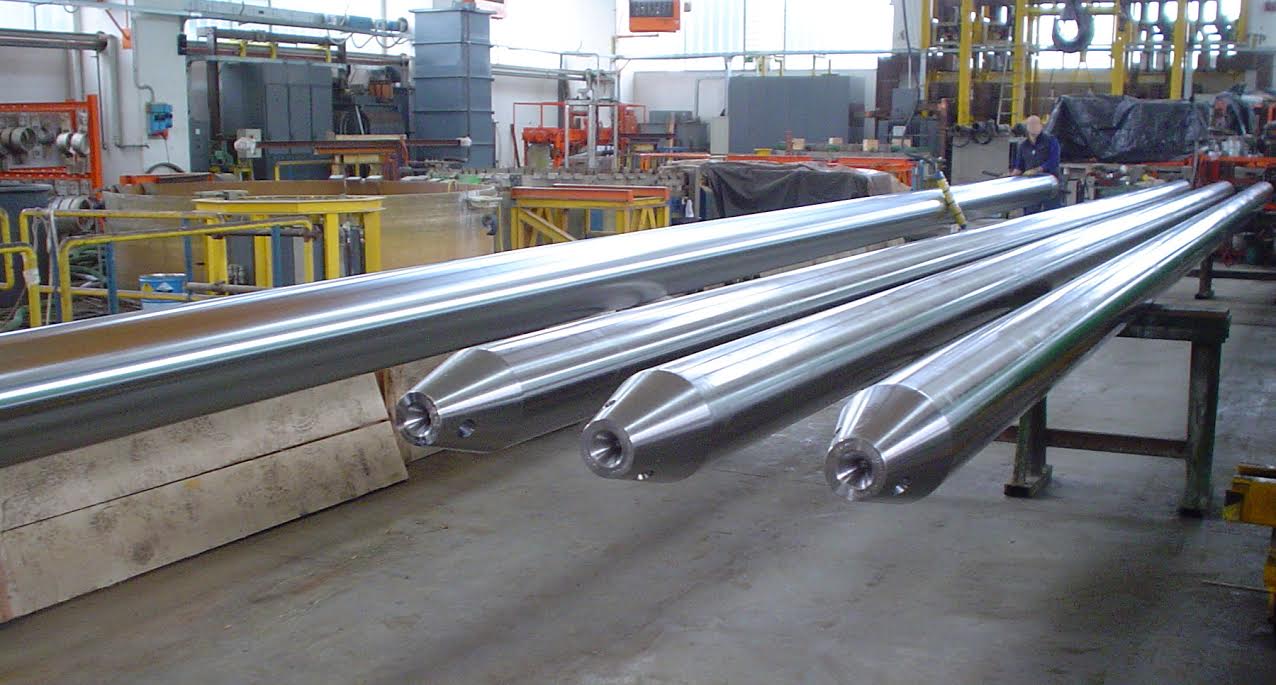
Stainless Steel Rolling: Unique Properties That Make It Ideal for Certain Applications
Stainless steel is a unique steel type with 10.5% chromium content by mass, which gives it its characteristic corrosion resistance. The properties of stainless steel make it ideal where resistance to corrosion and staining is required.
One of the advantages is rust and oxidation resistance, making it widely used in the construction and automotive industries. Stainless steel can be rolled using hot and cold rolling processes, but the cold rolling process is more commonly used due to its smoother finish. Stainless steel has excellent formability, enabling it to be shaped into various products with ease. Additionally, stainless steel’s aesthetic qualities make it popular in producing items such as jewelry and kitchen appliances.
High-Strength Low-Alloy (HSLA) Steel: Benefits for Structural Applications
High-strength low-alloy steel is an alloy with low carbon content with small additions of other elements such as vanadium, niobium, titanium, or zirconium. These elements increase the strength-to-weight ratio while maintaining good formability and toughness. Structural applications, such as bridges, buildings, ships, and offshore platforms, widely utilize HSLA steels due to their exceptional strength.
The rolling process is vital in producing HSLA steels with enhanced mechanical properties such as high yield strength and improved impact resistance. Manufacturers typically produce them using the hot-rolling method, followed by controlled cooling to enhance microstructure characteristics that directly influence mechanical behavior.
Specialized types of rolled steels, like stainless steels, have characteristics making them suitable for applications. On the other hand, structural applications commonly use HSLA steels due to their high strength, good formability, and versatility. The steel rolling process plays a vital role in producing these specialized steels with desirable properties, so optimizing the rolling process is crucial to meet customers’ specific requirements for their respective applications.
Rarely Known Small Details
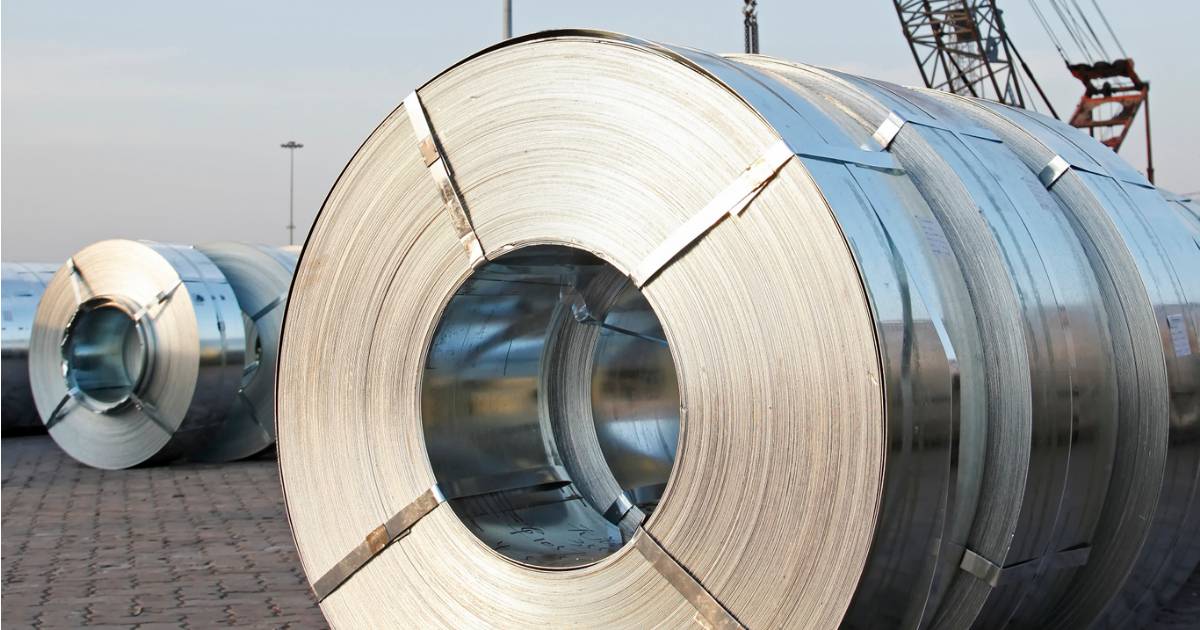 The Importance of Roll Wear Profiles
The Importance of Roll Wear Profiles
One often overlooked steel rolling factor is the importance of roll wear profiles. Roll wear profiles are the patterns that form on the rolls over time due to repeated use. Determining the quality and consistency of rolled steel products relies on these patterns, as they impact the shaping and maintenance of the product’s form.
Several factors influence roll wear profiles. To achieve optimal roll wear profiles, engineers must carefully balance all these variables to create a reliable and consistent product.
The Role of Laser Measurement Technology
Another small detail that has a significant impact on steel rolling is laser measurement technology. This technology allows engineers to precisely measure critical parameters like thickness, flatness, and profile shape during every stage of the rolling process. Using laser measurement systems in real time, engineers can adjust on the fly to ensure that every batch of rolled steel meets strict quality standards.
Laser measurement technology also allows engineers to develop highly detailed digital models of their products before rolling them. This will enable them to identify potential issues early in the process and make necessary adjustments before wasting valuable materials or resources.
Future of Steel Rolling
The world’s reliance on high-quality rolled steel continues growing each year. Steel is essential in modern society, from automotive parts to building materials. As we have seen throughout this journey through the steel rolling process, there are countless details to produce high-quality finished products.
The details ensure that we meet strict quality standards for every batch of rolled steel, making it reliable for various applications. With the development of new technologies and techniques, we can be confident that the future of steel rolling is bright and that this essential industry will continue to thrive for generations.
Our Locations
Get a Quote Now
